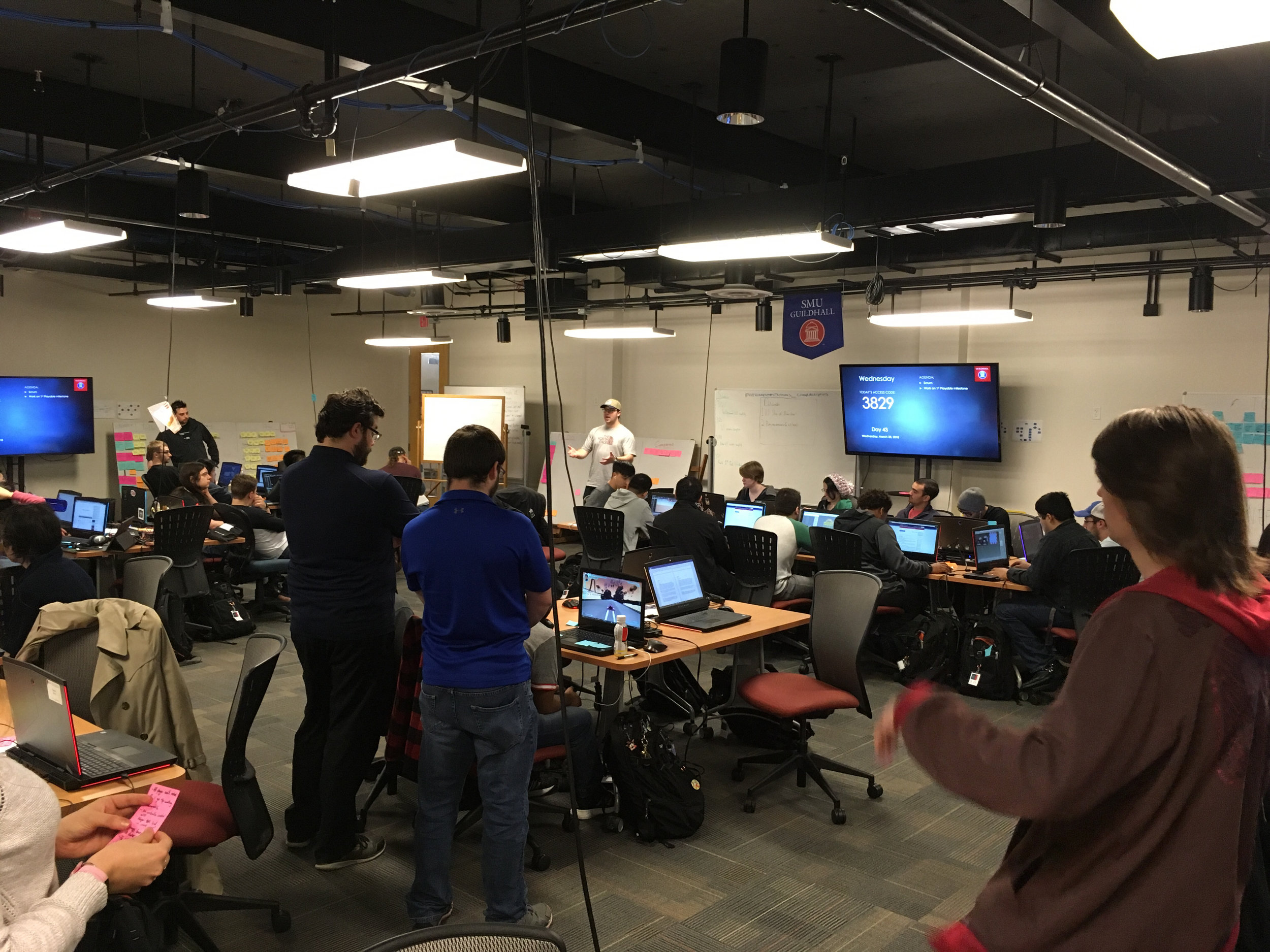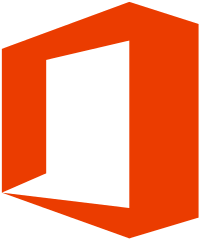Interstellar Racing League
Platform: PC · Engine: UNREAL · Team Size: 60 · Timetable: 4 months
Interstellar Racing League is a four-player couch-competitive futuristic racing game. Players control four unique characters as they race across four gravity defying tracks from around the galaxy. For this project, I held the role of Production Teaching Assistant. I helped onboard five production students to understand the complexities of working with a large team, and was responsible for delivering anonymous feedback to a subset of developers at each major milestone.
I worked closely with two of the producers for this project. The first was producer of the track design feature team. He and I worked to eliminate bad habits on his team that were disrupting communication with the other feature teams. Additionally, we improved planning practices to commit to an achievable amount of work per sprint. The second was the head producer of the project. I worked with him to organize his team of game designers, and provide structure to the team at large through creating pipelines, defining roles, and creating documentation to clarify team goals.
Contributions and Tools
Role: Production Teaching Assistant
Contributions:
Coached new producers through working on a large team
something about GD team
Observed prototyping phase to place developers in leadership roles
Mentored two producers over the course of the project
Lead Producer
Producer, Track Team
Gave anonymous feedback to a subset of students at major milestones
Playtested and QA tested milestone builds
Tools:
Images





Risk Assessment/Management
ASSESSMENT: roles between Game Designers Unclear
MANAGEMENT: Identify Roles, Coach on Teamwork
Method: Group meetings, One-On-Ones
For this project, the team had three game designers to spread the duties between multiple people. The game designers were often unclear of where one role started and the other began. I held several meetings with the designers to coach them on how to better communicate responsibilities between each other and to work as a team when on the floor. Additionally I met with each of them offline to follow-up with progress. The result was improved communication and understanding that began to bleed out and positively affect the team.
ASSESSMENT: team unfocused in milestone presentations
MANAGEMENT: Explain consequences and expectations
Method: Pulling developers from room, Big Speech
It became easy to lose focus during milestone presentations on a sixty-person team when one is not participating directly in the presentation. On numerous occasions I pulled people out of the room who were doing outside work during the important milestone presentation to discuss the consequences of not being engaged. In the last milestone the problem was so prominent that I had to make a large public announcement to communicate why that behavior was unacceptable while receiving feedback from stakeholders and guests.
ASSESSMENT: Destructive behavior from producers
MANAGEMENT: Identify and eliminate hurtful actions
Method: Candid one-on-ones and Mentoring
It can be difficult for inexperienced producers to recognize the effect that their leadership has on their team, especially through subtle reactions to volatile situations and decisions. A number of producers on the project were influencing the team negatively without recognizing it. I worked with them to identify damaging or ineffective behaviors and work on eliminating them. At the end of the project the producers were much more even-keeled and were making a more consistent positive impact on their team.
ASSESSMENT: Number of Cars is Overscoped
MANAGEMENT: Guide Lead Producer through cuts
Method: hold meetings, provide guidance and advice
It became apparent towards the end of the project that the number of cars in the game was over-scoped. The art lead brought up scoping concerns with the lead producer. I stepped in to identify the importance of making a quick decision to stop developers from working on a cut feature. Together we walked through the process of confirming estimates with the team, validating the issue, communicating with stakeholders, and making a decision to cut the number of cars from eight to four.
Quotes
“Justin’s biggest help as a TA this semester was by helping me when I didn’t ask for it, or know I needed it. One day early in the project, I was at my desk looking at my journal full of tasks I needed to do. I started reading them off to myself and Justin quietly walked over and started writing them on the board. When I had finished, he helped me prioritize and delegate to get the tasks done. From then on, I repeated this process nearly every day to plan my day.”
“Justin really helped me to grow as a producer and a person. He was always available when I needed him, and went out of his way to provide help I didn’t even know I needed. He helped me most with interpersonal communication issues; from coaching me through difficult confrontations, to discussing the best way to approach an under-performing team member. He would always provide a listening ear and discuss solutions to reach the best possible outcome.”




